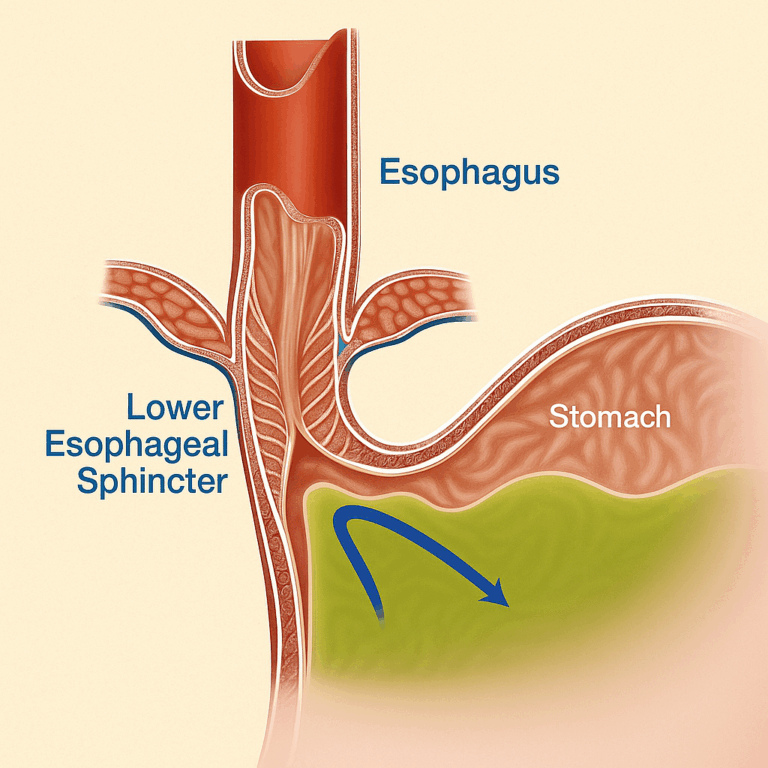Why Tube Placement Should Be Checked Before Every Feeding: A Real NICU Case Study
The Crying Neonate
While visiting a Texas children’s hospital, we were waiting to help a nurse use a RightSpot pH Indicator. She was attending to two babies in side-by-side bassinets. While changing the diaper of one, the other, waiting to be fed, was incessantly crying.
When it was finally time to check the pH, the nurse was unable to obtain aspirate. She found it strange, as she had been using the tube without obvious incident. She then pulled back the tube 2–3 cm and reinserted it to the previous mark at the nose. On the very next attempt, she immediately obtained aspirate, and it was confirmatory of gastric placement.
The Lesson:
Because the stomach is located below the diaphragm, any coughing, choking, retching, vomiting, or incessant crying can force the tube out of the stomach and above the Lower Esophageal Sphincter (which is part of the Gastro-Esophageal Junction, or GES). Once the catheter tip is above the GES, it won’t simply fall back into the stomach.
Why It Matters:
Babies are fed while positioned on their back, side, or stomach to allow for optimal brain oxygenation. If any liquids are put through the tube while the tip is in the esophagus, those fluids could easily flow back to the lungs. Even a micro-aspiration of vapors is harmful. This could lead to infection, aspiration pneumonia, or death.
See illustration below.


